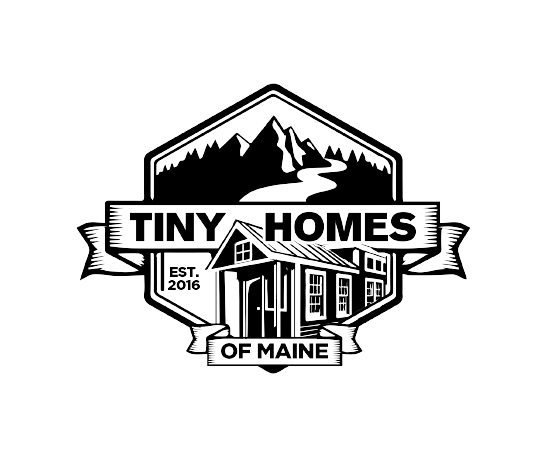MUBEC Requirements
If a CEO insists on a moveable Tiny Home being inspected to MUBEC (Maine Uniform Building and Energy Code) standards here are the options we can offer:
1. We can have a MUBEC certified inspector inspect the tiny home during the construction in our shop in Houlton and write up the appropriate paperwork that can be submitted to the CEO in the receiving town.
2. We can submit building plans, pictures, videos and whatever else the receiving town CEO would like to confirm it's built to MUBEC standards.
OR
3. Relay the following guidance that came from the Office of the State Fire Marshal and the Office of the Attorney General as of Friday April 10, 2020.
The regulation of “tiny homes,” as defined in 29-A, is to be the exclusive purview of the Secretary of State through the statutes of Title 29-A. As such, municipal code enforcement officers do not play a role in inspecting “tiny homes.” It is safe to assume that any living space that is issued a tiny home title has been determined by the Secretary of State to meet the statutory definition of a tiny home and is the municipal code enforcement officers.
To simplify, if a tiny home has a title from the Secretary of State’s Office it is not under the jurisdiction of a local code official except for zoning. The title is going to read tiny home and it would have to meet NFPA 1192 or ANSI A119.5 (recreational vehicle standards). This will be determined by the Secretary of State and will not require an inspection by a local building official. If the tiny home is built on site or does not have a title issued by the Secretary of State it would fall under typical building code jurisdiction.
If a CEO says you have to register your Tiny Home with the Department of Motor Vehicles you can inform them that the State of Maine will not allow registration of a Tiny Home that meets the definition in title 29-A (shown below).
Sec. 1. 29-A MRSA §101, sub-§80-C is enacted to read:
80-C. Tiny home. "Tiny home" means a living space permanently constructed on a frame or chassis and designed for use as permanent living quarters that:
A. Complies with American National Standards Institute standard A 119.5 on plumbing, propane, fire and life safety and construction or National Fire Protection Association standard 1192 on plumbing, propane and fire and life safety for recreational vehicles;
B. Does not exceed 400 square feet in size;
C. Does not exceed any dimension allowed for operation on a public way under this Title; and
D. Is a vehicle without motive power.
"Tiny home" does not include a trailer, semitrailer, camp trailer, recreational vehicle or manufactured housing.
